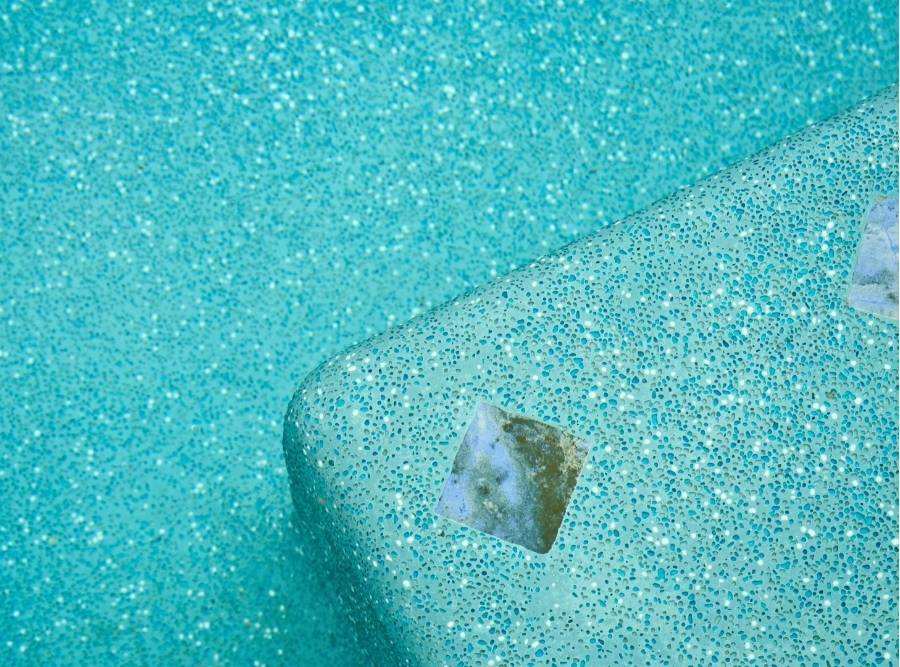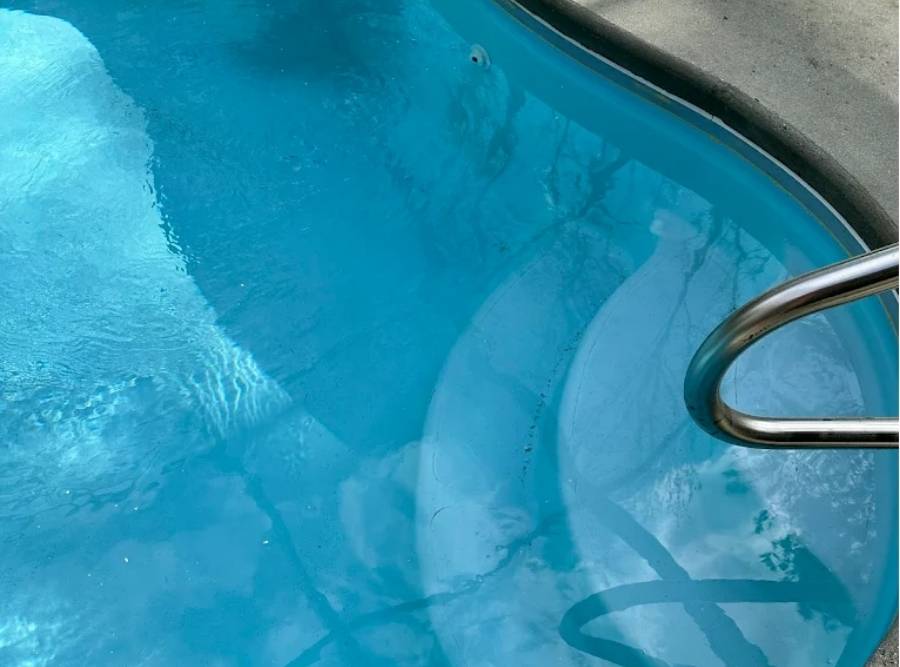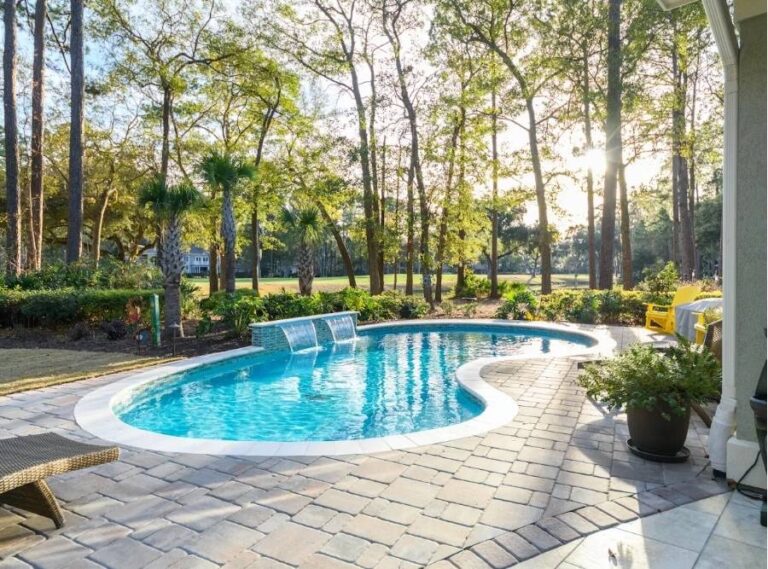Signs It’s Time to Resurface Your Pool (Before It Costs You More)
Hilton Head pools age like everything else on the coast — gracefully at first, then all at once. One season you’re admiring the blue shimmer; the next, the surface feels like sandpaper and your chlorine consumption doubles. That’s the Lowcountry’s quiet truth: salt air, heat, and humidity don’t destroy overnight, they erode with patience.
Resurfacing isn’t cosmetic vanity — it’s preservation. Knowing when to do it saves thousands in leaks, chemical waste, and structural repair. So how do you know your pool is past its prime? It starts whispering before it screams.
1. The Surface Feels Rougher Than It Used To
Run your hand along the wall. If it feels gritty or abrasive, that smooth plaster coat is surrendering. As plaster ages, water chemistry and wear dissolve its top layer, exposing aggregate beneath. Rough surfaces don’t just hurt swimmers’ feet — they trap algae and make cleaning twice as hard.
Left too long, erosion accelerates, forcing a full resurfacing instead of a touch-up. A professional can test the Langelier Saturation Index (LSI) to see whether chemistry, not just time, caused the wear.
Rule of thumb: if brushing feels like sandpaper duty, you’re past the halfway mark.
2. Stains That Don’t Respond to Cleaning
A few leaf stains after a storm are normal. But if dark splotches or rust-colored shadows won’t lift with chlorine, acid washing, or brushing, the problem lies in the plaster itself. Over time, metals from water, fertilizers, or even corroded fixtures bond into porous surfaces.
Eventually, those stains seep deep enough that no cleaner can reach them. At that point, resurfacing isn’t for looks — it’s the only way to remove the contamination and protect your finish from deeper chemical imbalance.
3. Frequent Algae Bloom or Cloudy Water
You balance, shock, and filter — and the pool still blooms green two weeks later. That’s not laziness; that’s a surface problem. Microscopic pits in aging plaster act like apartments for algae spores. Chlorine kills what’s floating, not what’s hiding in those crevices.
If you’re fighting recurring blooms despite solid chemistry, your surface might be the culprit. A fresh plaster or quartz coat restores that slick, nonporous texture algae can’t cling to.
4. Leaks, Low Water, or Mysterious Moist Spots
Water loss happens to every pool — a bit of evaporation here, a splash-out there. But steady drops on the gauge, soggy soil near the deck, or constantly refilling the pool are red flags. Small fissures in plaster often precede structural cracking.
Leaks left unchecked can undermine decking, loosen coping, and corrode rebar. The difference between a patch and a renovation often comes down to how quickly you recognize the symptom.
Quick test: fill the pool, mark the waterline with tape, and check it after 24 hours. If it drops more than ¼ inch on a calm day, something’s escaping.
5. You’re Using More Chemicals Than Ever
A healthy pool should hold its balance. When it doesn’t — when pH and chlorine vanish faster than usual — your surface might be playing saboteur. A worn finish is porous, constantly reacting with water and forcing you to dump in more acid or sanitizer.
Replacing plaster resets the chemistry game. Smooth, balanced surfaces mean fewer swings, less wasted product, and lower long-term cost. Many Hilton Head homeowners find resurfacing actually pays for itself within a few seasons in saved chemical use.
6. Visible Cracks, Chips, or Flaking
Small spiderweb cracks are common in older pools, but when they deepen, widen, or expose the shell, the clock is ticking. In a coastal climate, fluctuating ground moisture and salt corrosion amplify minor flaws.
Don’t panic at every hairline — many are cosmetic — but don’t ignore them either. A professional inspection can distinguish between surface craze marks and true structural movement. Once the finish starts flaking into powder or tiles detach, resurfacing moves from “someday” to “now.”
7. The Pool Just Looks… Tired
You know the look — faded color, dull water, tile lines crusted with calcium. Even if it’s watertight, it’s weary. A resurfaced pool restores the sparkle, sure, but it also modernizes materials. Quartz and pebble finishes outlast classic plaster by years, and they resist salt, UV, and chemical wear — ideal for coastal South Carolina.
Think of it less as vanity and more as value. A bright, even finish elevates the whole backyard and extends the life of your investment.
When “Later” Becomes “Too Late”

Every pool ages; smart owners simply decide when to reset the clock. Wait too long, and minor cosmetic work becomes structural rehab. The difference between a $7,000 resurfacing and a $20,000 rebuild often comes down to a single missed season.
If your pool shows two or more of these signs — rough surface, stubborn stains, recurring algae, or rising chemical costs — it’s time for an inspection. The coast has its own timeline, and waiting rarely makes it cheaper.
A new surface isn’t just a facelift; it’s a return to balance. The water feels softer, the chemistry steadier, the view cleaner. That’s not maintenance — that’s peace of mind.







